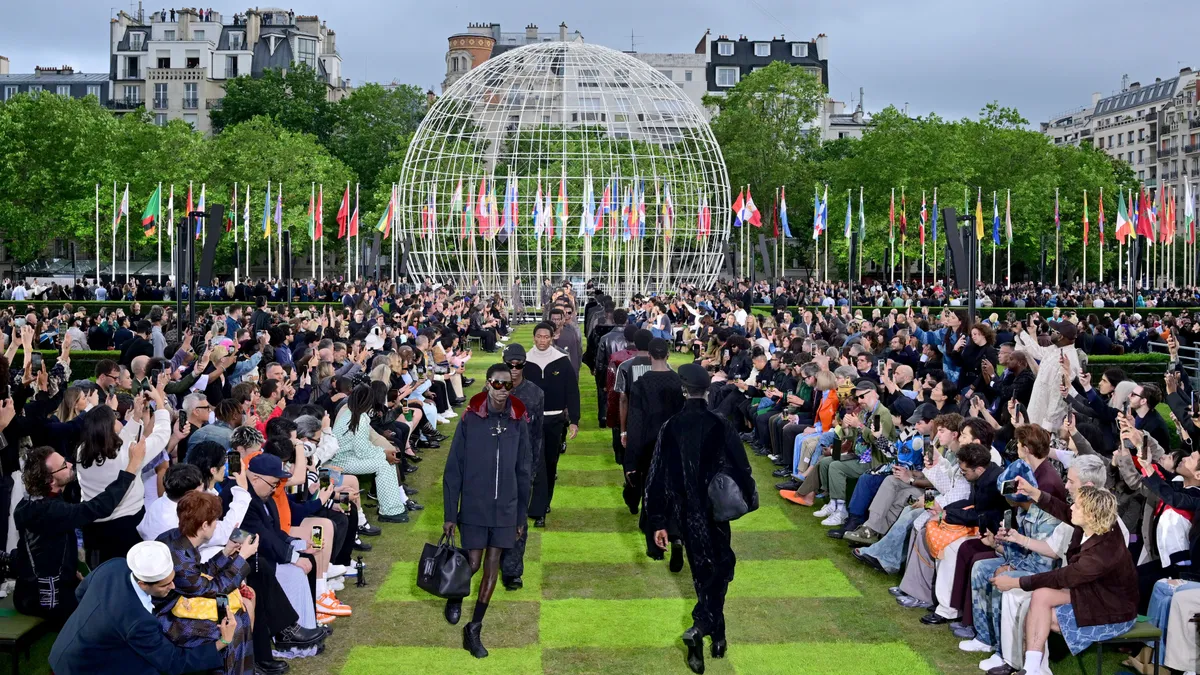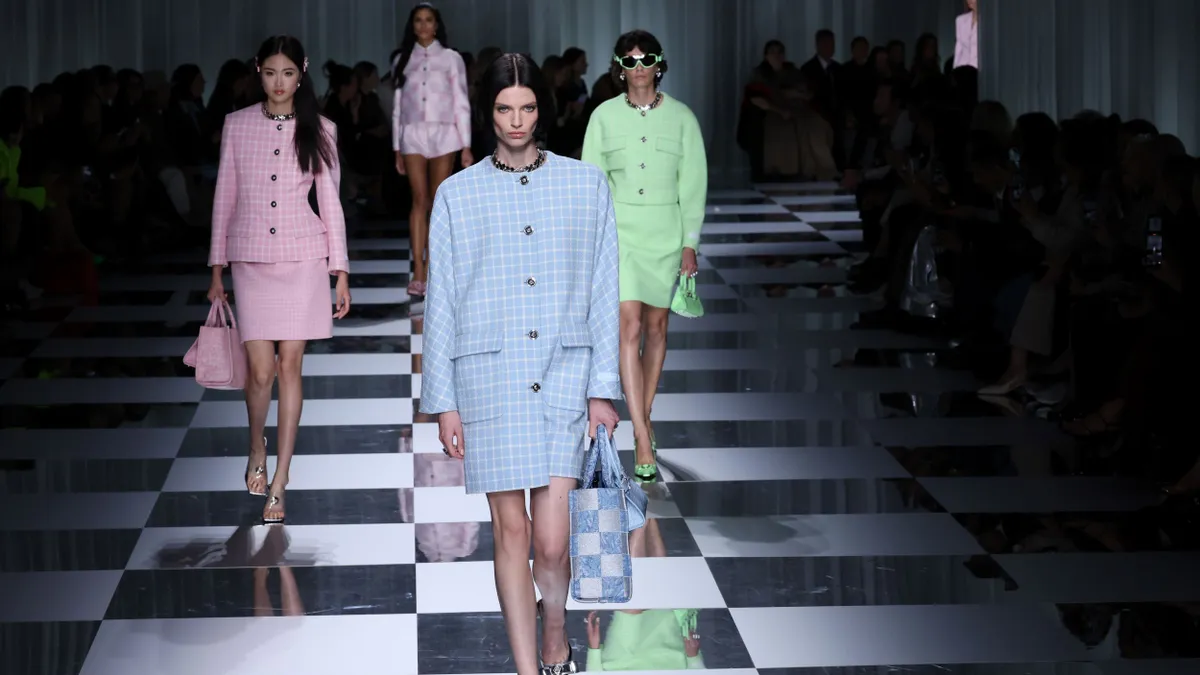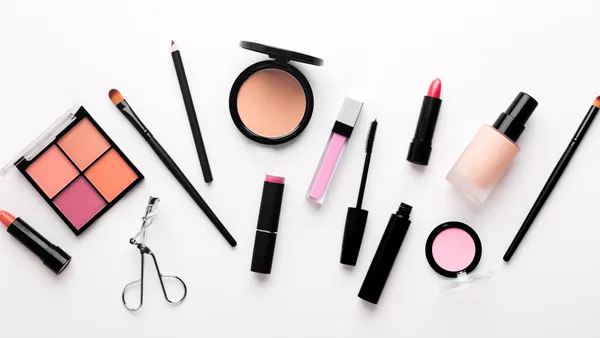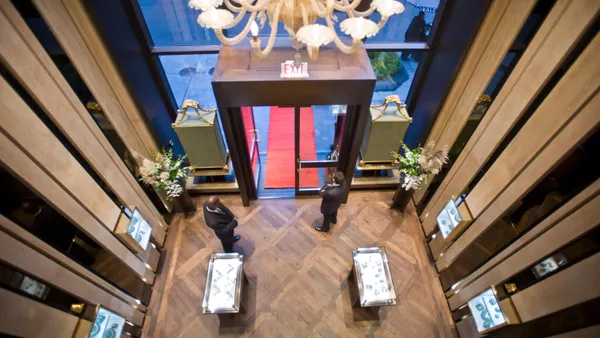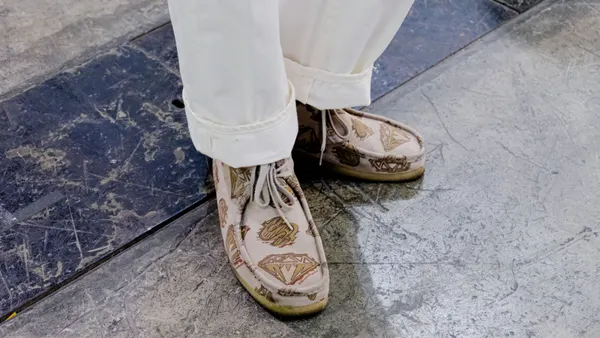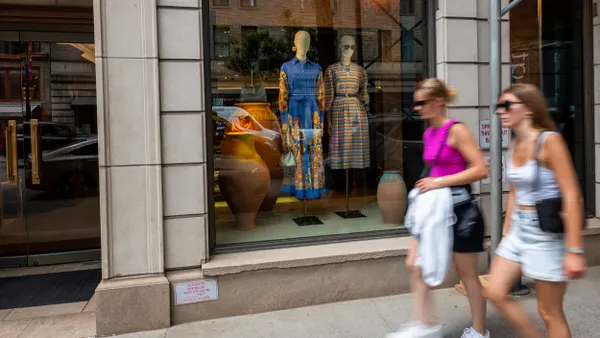Dive Brief:
- Luxury apparel in the first quarter of 2023 saw strong, resilient growth, sustained by top spenders and buoyed by a “quest for durability and quality,” according to the Bain-Altagamma Luxury Goods Worldwide Market Study for spring 2023 released last week.
- Upgrading closet basics and buying more special occasion pieces were a top priority for luxury customers, according to the report. The top categories included watches and jewelry.
- The personal luxury goods market in 2023 will be led by a “cross-category quest for elevation” and “driven by icons and uber-lux pieces,” according to the report, which further indicated that consumers are buying less but looking for better quality items.
Dive Insight:
In 2022, Bain reported that the personal luxury goods market saw a record year, reaching a value of approximately 345 billion euro, or about $376 billion at current exchange rates, despite global economic political challenges. This spring 2023 report indicated the figure could balloon to between 530 billion euro and 570 billion euro by 2030. That said, Bain also reported that accelerating ESG regulatory pressures could pose some challenges to luxury’s value chain, particularly in the short term.
The report also indicated that designer handbags were a top seller, due to their perceived long term value. Furthermore, footwear boomed in Asia, and fragrances — especially niche products — also did well, while makeup and skincare continued to see stable growth.
For retail, the report stated that the monobrand category stayed strong, and was helped by a consumer desire for in-store experiences. Additionally, DTC, especially when assisted by new technology and omnichannel sales, was on the rise.
“The luxury industry is experiencing a new phase after its post-pandemic growth, with renewed drivers of resilience establishing winners and losers,” Claudia D’Arpizio, a Bain & Company partner and leader of Bain’s Global Luxury Goods and Fashion practice said in a statement released with the report.
D’Arpizio, who was the lead author of the study, added, “Brands who want to succeed need to focus holistically on consumers; balance their exposure across geographies; offer a high value proposition with elevated entry clienteling and experientiality at scale; and push on icons, timeless, and statement pieces.”
The report indicated that the U.S. consumers in particular were cautious about spending, due to “economic uncertainties and the end of Covid relief funding.” While the wealthiest American customers were still comfortable shopping, the report said they were moving some of their spending abroad. Meanwhile, luxury’s more aspirational customers were spending less. Across all categories, this means that high-end customers were focused more on statement pieces, including occasion and formal apparel.
In Europe, spring 2023 saw “sustained performance… especially due to top spenders,” but the report warned that there would be a reckoning as the year unfolded and tourism from the U.S. and the Middle East slowed down. Chinese tourism was back in Europe, however, and the report indicated that would continue for the rest of 2023, which would likely boost luxury sales for the region.
In China, growth continued, and the report suggested that “some, but not all, brands” had rebounded to 2021 levels. Luxury spending in Southeast Asia and Japan was also up, although the report indicated a softer market in South Korea, as locals spent more money on travel and shopping abroad.
“Luxury is entering the ‘literally me’ era, marked by a desire to show ourselves moving beyond purely aspirational items, valuing uniqueness over status,” said Federica Levato, partner at Bain & Company and leader of the firm’s EMEA Luxury Goods and Fashion practice and co-author of the report, in the statement. “Meanwhile timeless, iconic pieces remain coveted due to their scarcity and continuous appreciation. This means many newcomers are overperforming, but they are competing in a world of giants, who are also experiencing much success. To remain relevant in the long run, brands will need to continue to channel an insurgent mindset, championing hero products and their founders’ visions, while also tooling up to sustain long-term growth by getting the business fundamentals right.”





